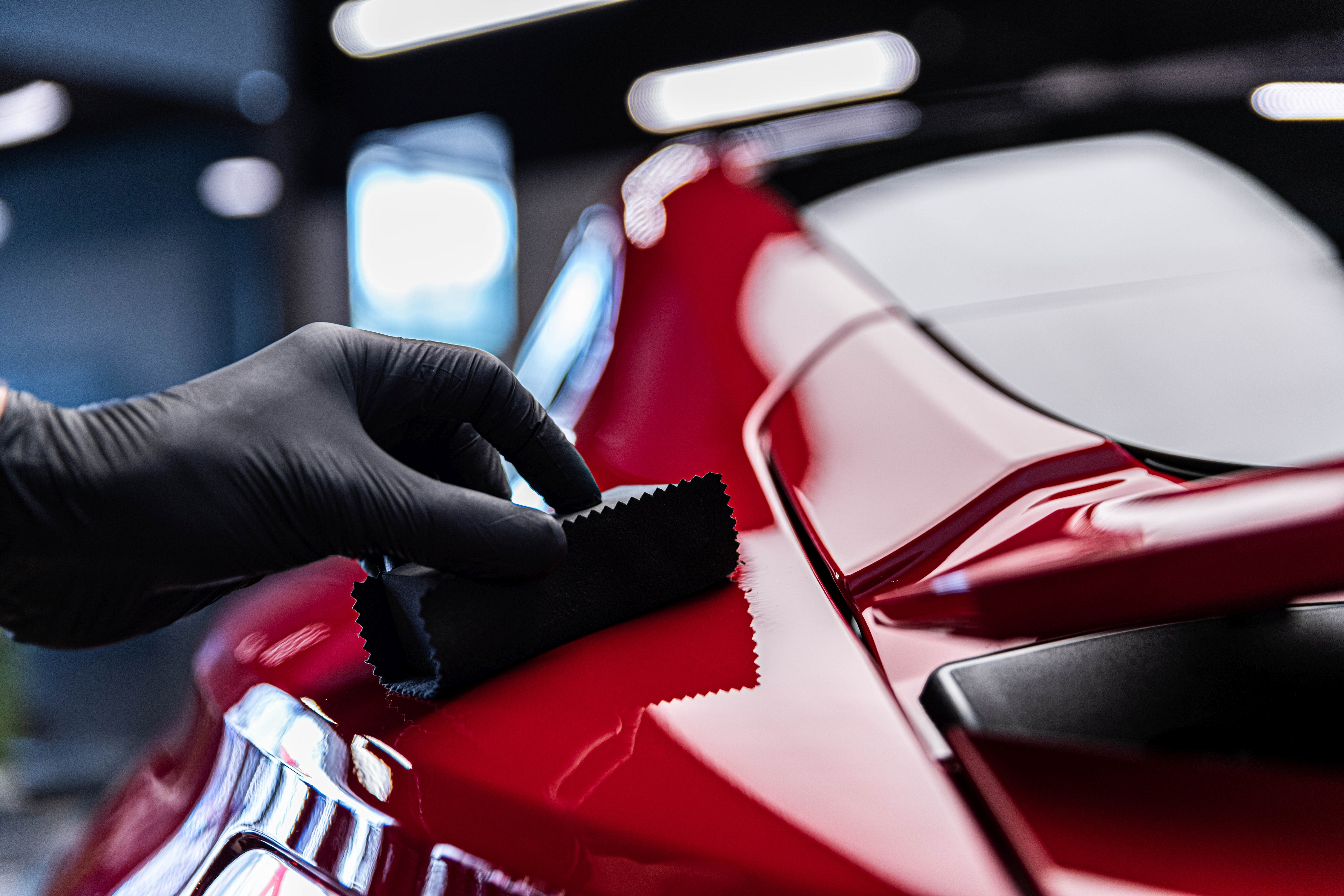A Comprehensive Overview to the Kinds Of Ceramic Covering on the marketplace
Ceramic coatings have arised as a critical remedy across different markets due to their one-of-a-kind residential or commercial properties and applications. As we explore the distinct attributes and applications of these layers, the ramifications for efficiency and long life become progressively noticeable, elevating concerns regarding which type might finest match your demands.
Comprehending Ceramic Coatings
Ceramic finishings are advanced safety remedies that have gotten appeal in various sectors, particularly in auto and aerospace applications. These finishes contain a fluid polymer that, when healed, forms a sturdy, hydrophobic layer on the surface area of the substrate. This layer supplies enhanced resistance to ecological impurities, UV radiation, and chemical direct exposure, therefore expanding the life and visual charm of the underlying material.
The essential component of ceramic coverings is silica, which adds to their hardness and toughness. The application procedure typically involves surface preparation, application of the covering, and curing, which can be accomplished via warmth or UV light. Once healed, ceramic finishings exhibit phenomenal bonding buildings, permitting them to adhere highly to a selection of surfaces, including metals, plastics, and glass.
Along with their protective attributes, ceramic coatings additionally provide convenience of maintenance. Their hydrophobic nature decreases the adherence of dirt and gunk, making cleaning easier and less regular. Generally, the adoption of ceramic coverings represents a significant improvement in surface area protection technology, supplying both useful and aesthetic advantages across several fields.
Kinds of Ceramic Coatings
Different sorts of ceramic finishings are readily available, each made to fulfill certain performance demands and applications - ceramic coating sarasota. One of the most usual types include:
Silica-based Coatings: These coatings mainly include silicon dioxide and are known for their longevity and chemical resistance. They are widely utilized in automobile and industrial applications.
Titanium Dioxide Coatings: Prominent for their photocatalytic residential properties, titanium dioxide finishings are often applied in atmospheres where self-cleaning and antifungal residential properties are preferable, such as in structure materials and vehicle coatings.
Zirconia Coatings: Characterized by their high-temperature security and thermal resistance, zirconia layers are made use of in applications such as wind turbine engines and high-performance automobile elements.
Alumina Coatings: Displaying outstanding hardness and thermal stability, alumina layers are often made use of in wear-resistant applications, consisting of cutting devices and industrial equipment. - Car Detailing
Hybrid Coatings: Incorporating the residential properties of different materials, crossbreed finishes provide enhanced performance qualities, making them appropriate for unique and demanding applications.
Each kind of ceramic covering serves distinct objectives, allowing customers to choose the most ideal remedy based upon particular environmental problems and efficiency demands.
Advantages of Ceramic Coatings
Coatings play a critical duty in enhancing the efficiency and longevity of surface areas throughout numerous sectors. Ceramic layers, particularly, deal various benefits that make them progressively preferred amongst producers and customers alike. Among the key benefits is their phenomenal resilience. These coverings are immune to scratches, chemicals, and UV rays, making certain that the underlying surface area continues to be safeguarded gradually.
In addition to resilience, ceramic layers offer superb hydrophobic buildings, enabling simple cleansing and upkeep. This water-repellent nature reduces the adherence of dust, crud, and various other impurities, which can prolong the aesthetic charm and capability of the additional reading surface. Ceramic finishes can substantially boost thermal resistance, making them suitable for applications that sustain high temperatures.

Application Process
When applying ceramic finishes, a meticulous strategy is necessary to accomplish optimal results. A tidy surface area guarantees correct adhesion of the finishing.
As soon as the surface area is prepped, the next step is to apply the ceramic finishing. The finishing ought to be applied in slim layers, as thicker applications can lead to irregular finishes.
After application, the finish requires a particular treating time, generally varying from a few hours to a full day, relying on the item. Throughout this moment, it is essential to stay clear of direct exposure to moisture or contaminants. A gentle buffing might be needed after curing to improve the gloss and get rid of any high areas. Complying with these steps vigilantly will maximize the effectiveness and long life of the ceramic finishing, giving a durable protective layer for the surface area.
Maintenance and Longevity
To guarantee the long life and effectiveness of a ceramic layer, routine upkeep is important. Ceramic finishings, understood for their durability and protective top qualities, require details care regimens to optimize their lifespan and performance.
Along with routine cleaning, regular assessments are vital. Try to find indications of wear or damage, such as hydrophobic properties reducing or surface imperfections. If essential, a light gloss website link may be related to revitalize the covering without removing it away.
Additionally, the application of a booster spray can improve the covering's hydrophobic results and restore its gloss. This is particularly beneficial for layers that have been in use for a prolonged period. Inevitably, by sticking to these upkeep techniques, one can substantially prolong the life of a ceramic finishing, making sure that it proceeds to supply optimal protection versus environmental factors and maintain the visual charm of the vehicle.
Conclusion
